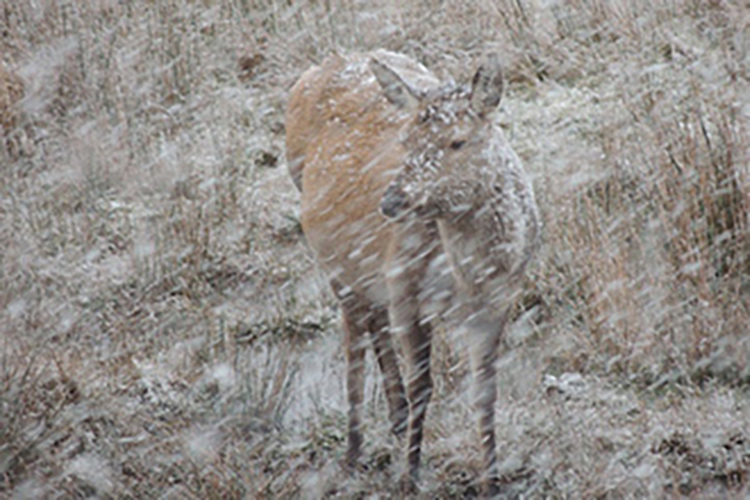Climate change has the potential to alter natural selection, study finds
Changing rainfall and drought patterns likely play a key role in shaping natural selection among plants and animals in the wild, according to a study published today involving UC Berkeley scientists.

One consequence of climate change is that it is causing shifts in precipitation patterns. In many places, more rain is falling in fewer rainfall events, and in other places widespread drought is common. Plants and animals can evolve to adapt to these changes if climate variability is linked to natural selection. The study, published in the journal Science, suggests that link exists, and that changes in precipitation patterns do influence natural selection at a global scale.
“We demonstrate that variation in selection is commonly coupled to shared climatic conditions, particularly aspects of precipitation,” said Stephanie Carlson, associate professor of freshwater fish ecology at Berkeley, and a co-author on the study. “Whether or not adaptive evolution will occur in response to this selection is unclear, but our results do suggest that climate change has the potential to alter adaptation across the globe.”
Twenty biologists from the United States, Canada, Europe and Australia participated in the study, which was funded by grants from the National Science Foundation. The research arose from a National Evolutionary Synthesis Center (NESCent) working group, led by Carlson and four study co-authors, that explored the environmental determinants of natural selection.
For the new study, the biologists assembled a database of 168 published studies that quantified natural selection over time for many different plant and animal populations worldwide. The researchers matched the natural selection patterns with climate data and found that between 20 and 40 percent of variation in natural selection within studies could be attributed to local changes in precipitation.
“This is significant, especially considering the global scale of the study,” said Adam Siepielski, assistant professor at the University of Arkansas and study leader. “These results also suggest that variation in selection is actually partly predictable based on shared climate features like precipitation.”
Carlson’s previous research has explored the influence of precipitation in driving variation in natural selection on salmon body size at a single location. The new study in Science builds on this theme by exploring the importance of climate variation, including precipitation, more generally by compiling the results of studies of selection from different locations and biomes.
Read the National Science Foundation's press release for more
